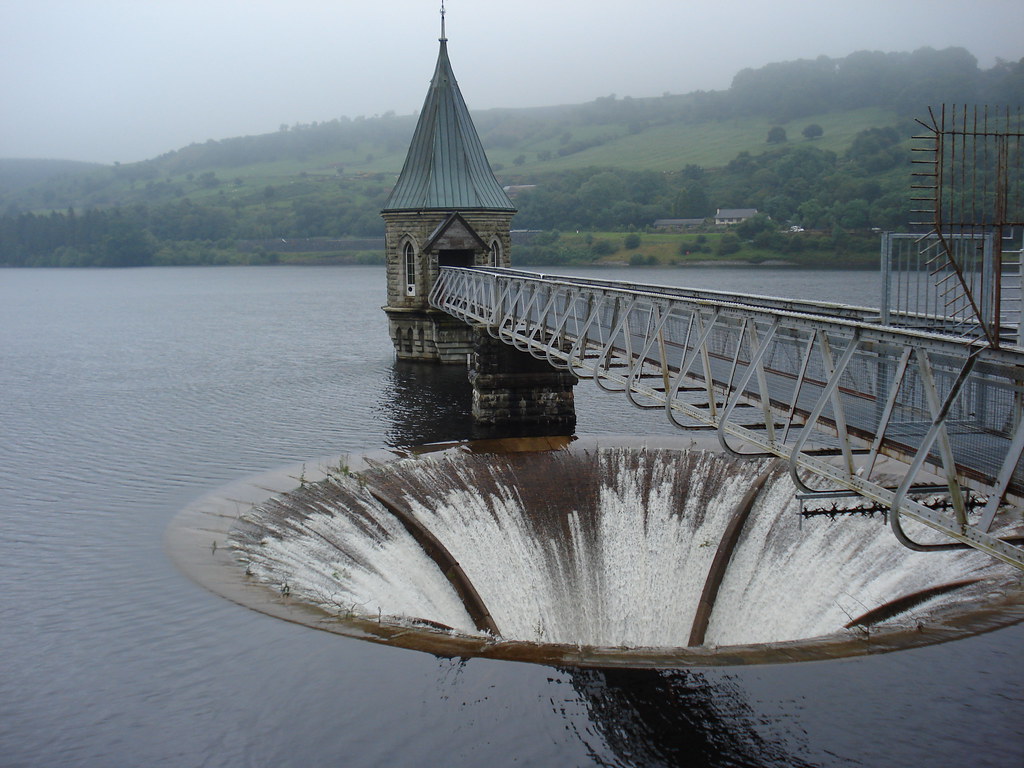phoenix31tt
Contributor
What does it say on the marker? Does it indicate there are large unprotected intake pipes that can suck you up to your death? Are the markers for boating hazards? Does it say do not approach within 100 ft of this location?
Does anyone believe the FPL statement that there is a barrier to prevent a diver from being sucked up? When I dove there, I saw no barrier - I had heard it was safe to dive there and I was confident that they had erected a grate of barrier to prevent the entry of manatees, turtles, jewfish.. but that is not the case.
It may not be so clear cut as people are assuming. It is not like you can see some giant whirlpool sucking up water out of a calm pond.
Nobody said anything about a barrier... the statement reads "The diver intentionally swam into one of the intake pipes after bypassing a piece of equipment to minimize the entry of objects". My description of the velocity caps should illustrates exactly what the diver would have to do to get sucked in. You yourself said you felt the current getting stronger closer to the structure... well to get to "suck you in" strength you need to be under the velocity cap.... he went looking for something... he found it, his buddy was safe and saw him get sucked in... his buddy probably didn't go under the velocity cap.





